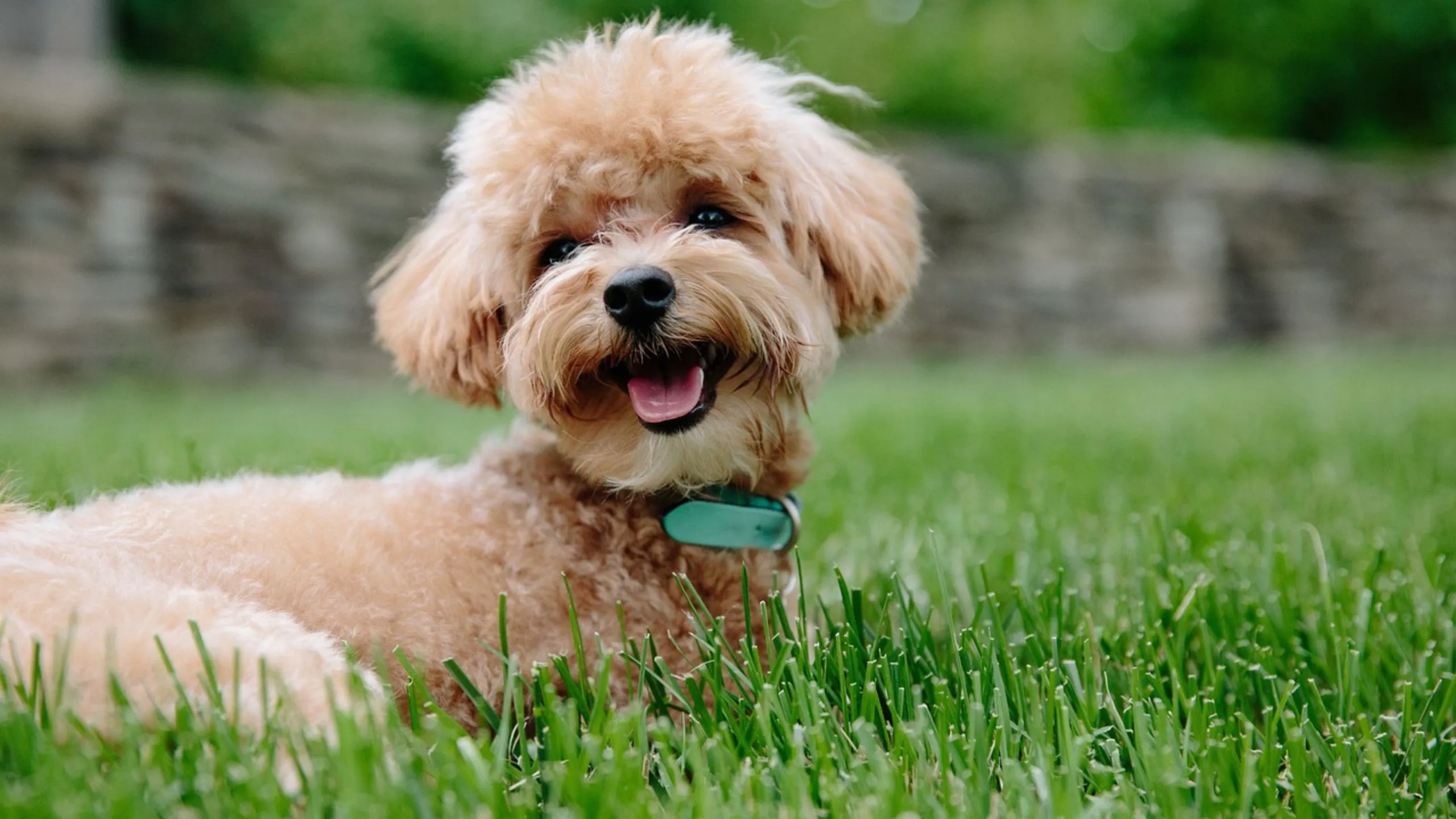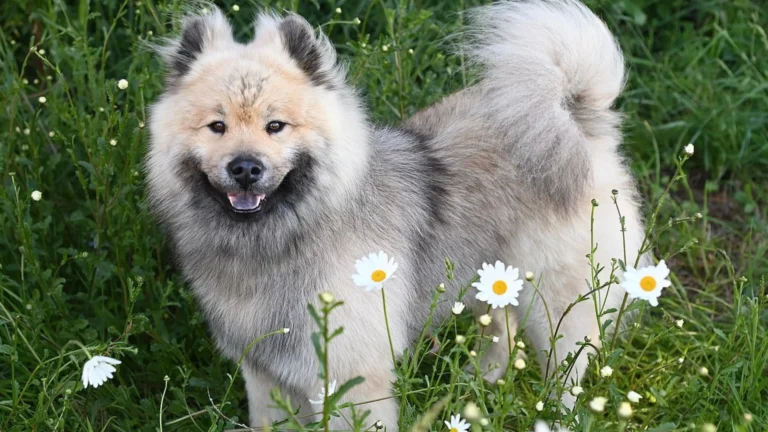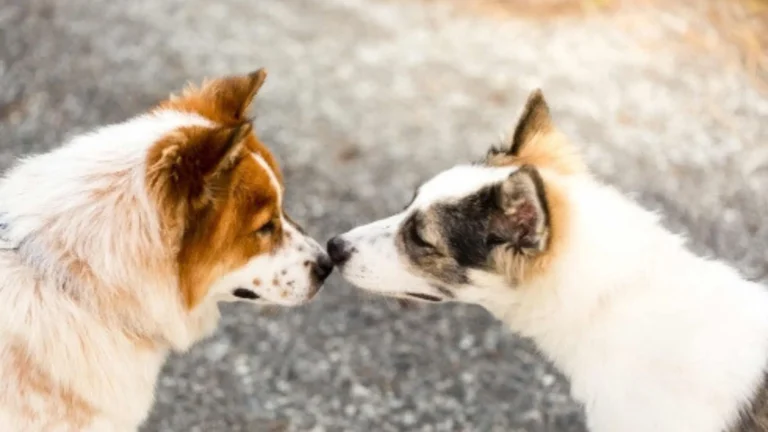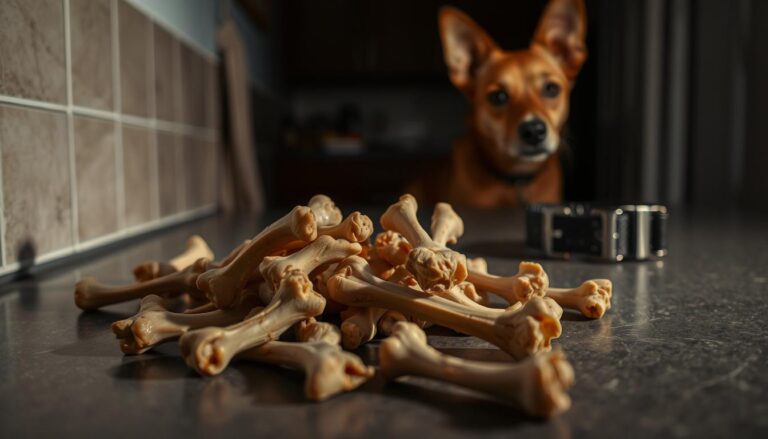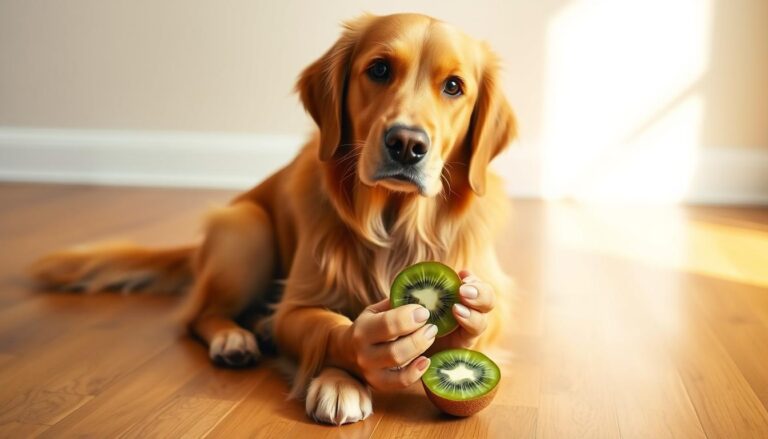Full Grown Teacup Poodle: Understanding Their Growth and Lifespan
Table of Contents
When I first held my tiny teacup poodle, the world seemed to shrink. These small dogs have won the hearts of many, changing how we see dogs. They bring joy and surprise to our lives.
A full grown teacup poodle is more than a small dog. They show the amazing variety in the poodle breed. Even though they’re not officially recognized by the American Kennel Club, they’ve found a special place in the dog world. They prove that size doesn’t always matter.
To understand the teacup puppy lifespan, we need to look at their unique traits. These small dogs have big personalities, making them perfect for those who want a lively pet. They need special care because of their small size.
Exploring full grown teacup poodles, you’ll learn about their origins and care needs. You’ll see why they’re special and why they’re loved by so many. Get ready to be charmed by a breed that shows that size doesn’t always matter.
Understanding the Teacup Poodle Breed Origins
Poodles have a long history, starting as working dogs in Germany. They were known for their skill in water retrieval. Their name comes from the German word “Pudel,” which means to splash in water.
Over time, poodles evolved from hunting dogs to beloved pets. French breeders were key in creating smaller poodle varieties for different needs.
History of Poodle Miniaturization
In the 16th century, breeders started making smaller poodles. They wanted dogs that were friendly and fit in small spaces. This led to the development of the toy poodle temperament.
- 15th Century: Original standard poodles used for duck hunting
- 16th Century: French breeders begin miniaturization process
- 19th Century: Distinct poodle sizes become more established
Development of the Teacup Variety
The teacup poodle is the smallest version of the breed. Breeders chose the smallest dogs to make an even smaller companion.
| Poodle Variety | Typical Size Range | Primary Purpose |
|---|---|---|
| Standard Poodle | 15-22 inches | Hunting and working |
| Miniature Poodle | 10-15 inches | Companion and truffle hunting |
| Toy Poodle | 6-10 inches | Companionship |
| Teacup Poodle | 4-6 inches | Luxury companion |
Breed Recognition Status
Teacup poodles are popular, but major kennel clubs like the American Kennel Club (AKC) don’t recognize them as a separate breed. They group poodles into standard, miniature, and toy sizes based on size.
Despite this, miniature and toy poodles remain favorites. They are known for being small, smart, and loving.
Physical Characteristics of Full Grown Teacup Poodle
A full grown teacup poodle is a tiny marvel of elegance. They have big personalities in a small body. Standing 6-8 inches tall, they look like cute teddy bears with curly coats and bright eyes.
Understanding their physical traits is key for tiny poodle care. These small dogs weigh 2-4 pounds. They are very delicate and need special care.
- Coat texture: Dense and curly
- Coat colors: Various, including:
- Cream
- Apricot
- White
- Black
- Silver
- Distinctive features: Proportionate body, upturned tail
They look like standard poodles but are much smaller. Compact and muscular, they keep their grace despite their size.
| Characteristic | Measurement |
|---|---|
| Height | 6-8 inches |
| Weight | 2-4 pounds |
| Coat Type | Curly, dense |
| Body Structure | Proportionate, muscular |
Each full grown teacup poodle is a unique mix of elegance and charm. They are the perfect example of a small dog with a big personality.
Size and Weight Standards
Teacup poodles are the top choice for those who want a small dog. They are perfect for anyone looking for a tiny, cute pet. These dogs are very small and adorable.
Height Range Expectations
Teacup poodles usually grow to be 6-8 inches tall. Their small size is great for living in small places. They fit well in apartments or small homes.
Ideal Weight Guidelines
| Age Stage | Weight Range | Typical Characteristics |
|---|---|---|
| Puppy (0-6 months) | 2-4 pounds | Rapid growth period |
| Young Adult (6-12 months) | 4-6 pounds | Approaching full size |
| Mature Adult (1+ years) | 4-6 pounds | Stable weight range |
Growth Timeline Milestones
Knowing your teacup poodle’s growth helps with their care. Important milestones include:
- Birth to 3 months: Rapid developmental stage
- 3-6 months: Significant physical growth
- 6-12 months: Approaching adult size
- 1 year: Considered fully grown
Tip: Regular vet visits are key to keeping your teacup poodle healthy and on track.
Teacup Poodle Temperament and Personality Traits
Teacup poodles are amazing portable companion dogs. They have vibrant personalities and are very intelligent. Their small size doesn’t stop them from being one of the most engaging dog breeds.
These tiny dogs have some key personality traits:
- Highly intelligent and quick to learn new commands
- Deeply affectionate and bonded to their family members
- Energetic and playful despite their small size
- Sensitive to their owner’s emotions
Teacup poodles love being around people and need close human connection. They don’t do well when left alone for too long. Their small size is perfect for apartments, but they need lots of mental and emotional stimulation.
Training them needs patience and positive methods. They learn fast but can be stubborn. Early socialization helps them grow into well-rounded dogs.
“A well-trained teacup poodle is not just a pet, but a loyal and intelligent companion that becomes an integral part of the family.”
Remember, teacup poodles need lots of love, attention, and training. Their big personality will bring joy and companionship to your life.
Health Considerations and Common Issues
Teacup poodles are delicate companions with unique health challenges. They need specialized care. Knowing about these health issues can help you support your tiny furry friend well.
Genetic Health Concerns
These miniature dogs face several genetic health problems because of their small size. The most common issues include:
- Diabetes management
- Epilepsy risks
- Anemia vulnerability
- Heart disorder complications
- Bone fragility syndrome
Preventative Care Measures
Protecting your teacup poodle’s health needs proactive steps. Early intervention and regular medical care can greatly improve their life and lifespan.
| Health Area | Recommended Actions | Frequency |
|---|---|---|
| Veterinary Checkups | Comprehensive physical examinations | Bi-annual |
| Vaccination | Core and recommended vaccines | Annual/As recommended |
| Nutritional Support | Specialized diet for small breeds | Daily |
Regular Health Monitoring
Your watchfulness is key in catching health issues early. Look for any changes in behavior, appetite, or energy. These could signal health concerns specific to teacup poodles.
Grooming and Maintenance Requirements
Poodle grooming needs are unique and very important for tiny poodle care. Your teacup poodle needs regular, special grooming to stay healthy and look good. Their fine coat needs constant care to avoid mats and skin problems.
Creating a detailed grooming routine is key for your tiny poodle’s health. Here are important grooming tasks to focus on:
- Brushing: Daily brushing prevents tangles and removes loose hair
- Bathing: Every 4-6 weeks using gentle, dog-specific shampoo
- Coat trimming: Professional grooming every 6-8 weeks
- Nail care: Trim nails every 2-3 weeks to prevent discomfort
Tiny poodle care is more than just grooming. You should also pay close attention to sensitive spots:
- Eye area: Clean daily to prevent tear staining
- Ears: Check and clean weekly to prevent infections
- Dental hygiene: Brush teeth 2-3 times per week
“Regular grooming is not just about appearance, but a critical aspect of your teacup poodle’s overall health,” says veterinary grooming expert Dr. Sarah Martinez.
Professional grooming services are very helpful for your teacup poodle’s coat. They know how to take care of poodle grooming needs. They can make sure your tiny friend looks and feels great.
Exercise and Activity Needs
Teacup poodles, being small hypoallergenic dogs, have special exercise needs. They are perfect companions that need activities that fit their size and energy. Knowing what they need helps keep them healthy and happy.
Daily Exercise Requirements
Teacup poodles need short but regular exercise. They love gentle activities that don’t tire them out too much. Here are some daily activities they enjoy:
- 15-20 minutes of light walking
- Indoor play sessions
- Short outdoor adventures in safe environments
Mental Stimulation Activities
It’s important to keep your teacup poodle’s mind active. These smart dogs love games that challenge them:
- Puzzle toys with hidden treats
- Training sessions with positive reinforcement
- Hide-and-seek games
- Gentle tug-of-war with soft toys
Safe Exercise Guidelines
When exercising your teacup poodle, safety comes first. Here are some guidelines to follow:
| Exercise Type | Safety Considerations |
|---|---|
| Walking | Use a harness, avoid extreme temperatures |
| Playtime | Supervise closely, use soft surfaces |
| Outdoor Activities | Protect from larger animals, maintain short duration |
Remember, each teacup poodle is unique. Always talk to your vet to make an exercise plan that fits your dog’s health and energy.
Dietary Requirements and Nutrition
Nutrition is key to keeping your tiny poodle healthy and happy. These small dogs need special food because of their size and how they metabolize food.
When picking food for your tiny poodle, choose high-quality options made for toy breeds. Since their needs are different from bigger dogs, it’s important to control their portions well.
- Choose kibble with extra-small pieces to accommodate tiny mouths
- Select foods with high protein content
- Ensure balanced nutrition with essential vitamins and minerals
- Avoid overfeeding to prevent obesity
Feeding your tiny poodle often is important. Vets say to give them 3-4 small meals a day. This helps keep their blood sugar steady and supports their fast metabolism.
“Proper nutrition is the foundation of a long, healthy life for your tiny poodle” – Veterinary Nutrition Experts
Adding omega-3 fatty acids and probiotics to their diet can help their health. Always talk to your vet to make a diet plan that fits your dog’s needs.
Watch your tiny poodle’s weight closely. Even small changes can affect their health. Regular vet visits and diet checks will keep them healthy and full of life.
Living Environment and Family Compatibility
Teacup poodles are adaptable and fit well in many homes. They are great for both small apartments and big houses. These small, hypoallergenic dogs make excellent companions.
Home Setting Considerations
Space isn’t the main issue when getting a teacup poodle. They need a lot of attention but not much room. Here are some important things to think about:
- Create a safe, restricted area for your tiny companion
- Remove potential hazards like loose electrical cords
- Provide soft, comfortable bedding
- Maintain consistent indoor temperatures
Family Dynamic Compatibility
Teacup poodles fit well in various family settings. They are especially suited for:
- Older couples seeking a devoted companion
- Single professionals with moderate activity levels
- Families with gentle, older children
Pro tip: These dogs need gentle handling because of their small size. Always watch when they’re with young kids to avoid accidents.
Multi-Pet Household Integration
Socialization is key for teacup poodles in homes with other pets. When introducing them to other animals, keep these tips in mind:
- Introduce pets gradually and in controlled settings
- Monitor initial interactions closely
- Reward positive behavior with treats
- Ensure each pet has personal space
With patience and the right training, teacup poodles can be great additions to any family.
Conclusion
A full grown teacup poodle is the perfect pet for those who want a small, easy-to-care-for dog. These tiny dogs have big personalities, making them great for city living or small apartments. They are perfect for anyone looking for a compact companion.
Before getting a teacup poodle, it’s important to know they need special care. They need regular vet visits, grooming, and the right food to stay healthy. Taking good care of them ensures they live a happy life.
Thinking about getting a teacup poodle? Make sure you can give them the attention they need. They may be small, but they need lots of love, training, and mental stimulation. They thrive on interaction and proper care.
Getting a teacup poodle can really brighten up your home. They bring endless energy and love into your life. With the right preparation and care, you’ll have a wonderful time with these adorable dogs.

